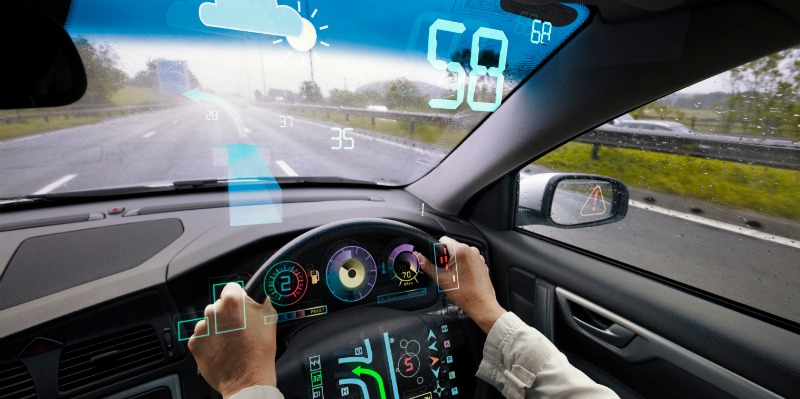Technology over the last few decades has greatly improved the safety of vehicles, making it more likely that drivers and passengers will survive a crash.
Just look at recent years as new vehicles include features like backup cameras and sensors, auto braking and electronic stability control. The improvement in safety is even more drastic when looking at advances in the past 10 years or so.
Research by Australia and New Zealand’s safety agency, the Australasian New Car Assessment Program, shows that more than half of people who die in crashes in New Zealand are in cars built before 2000. Carzoos is so dedicated to vehicle safety that the online vehicle dealership will not sell you a call manufactured before 2005.

What advances will we see in the future as technologies help increase car safety? Here is some insight into what to expect.
Vehicle-to-vehicle communication
We are already seeing vehicles with technology like lane-assist and blind-spot warning. Future technology will include systems like vehicle-to-vehicle communication that utilize global positioning systems and dedicated short-range communication.
Vehicles will include systems similar to Wi-Fi that send safety messages like a car going through a red light to surrounding vehicles. Sensors may also detect hazards like pedestrians and bicycles and adjust the vehicle’s speed appropriately to the situation.
Vehicles may also communicate with traffic signals, giving you cues like alternative routes to avoid a traffic jam.
Active safety features
Forward collision warning and other active safety features aren’t new, but we’re likely to see great strides in the future when it comes to active safety features.
That includes multi-view head-up displays that virtually show road warnings, upcoming street names and navigation arrows in the area of your windshield. That means you don’t have to take your eyes off the road to see the features.
Augmented reality may even take it up a notch. Imagine driving through the fog with the help of a system that re-creates what’s hidden behind the fog and helps you see lane markings and the sides of the road.
Integrated brake control
We’ll start seeing integrated brake control as early as 2018. This technology supports both conventional and semi-automated driving functions.
It will take the place of electronic stability control systems. It will feature a high-precision actuator driven by a very fast electric motor. What does this mean to you? The motor will generate high brake pressure quicker, reducing the distance it takes your car to stop.
Autonomous cars
We’ve already heard about driverless car programs like that launched by Google. We will likely see more autonomous cars in the future as drivers give over control of the driving process. Cars will help with tasks like parking, lane-centering and avoid collisions.
The technology’s still being developed, but we can look forward to a multitude of benefits once it’s perfected. That includes a likely reduction in vehicle accidents and fatalities. It will also make your daily commute more productive, letting you do tasks like reading a book or catching up on work while your car does the driving for you.
Networked cars
Pull over, taxi drivers. Networked cars are on the way.
Imagine something like an electric taxi-for-hire. You grab your smartphone and call for an autonomous electric pod that picks you up and takes you to your destination. Once you are there, it leaves to transport someone else.
There are reports that the transportation and energy company Tesla is already working on a fully-autonomous ride-sharing service.
Safety First as Technology Advances
Concepts like fuel efficiency will likely always be buzz words when it comes to developing new vehicles, but safety’s likely to continue being a driving force in the future.
Much of today’s technological discussions when it comes to vehicle production is centered on reducing accidents. Put your seat belt on as you think about it because what we’ve discussed is probably only the beginning. We haven’t seen anything yet.













Comments are closed.